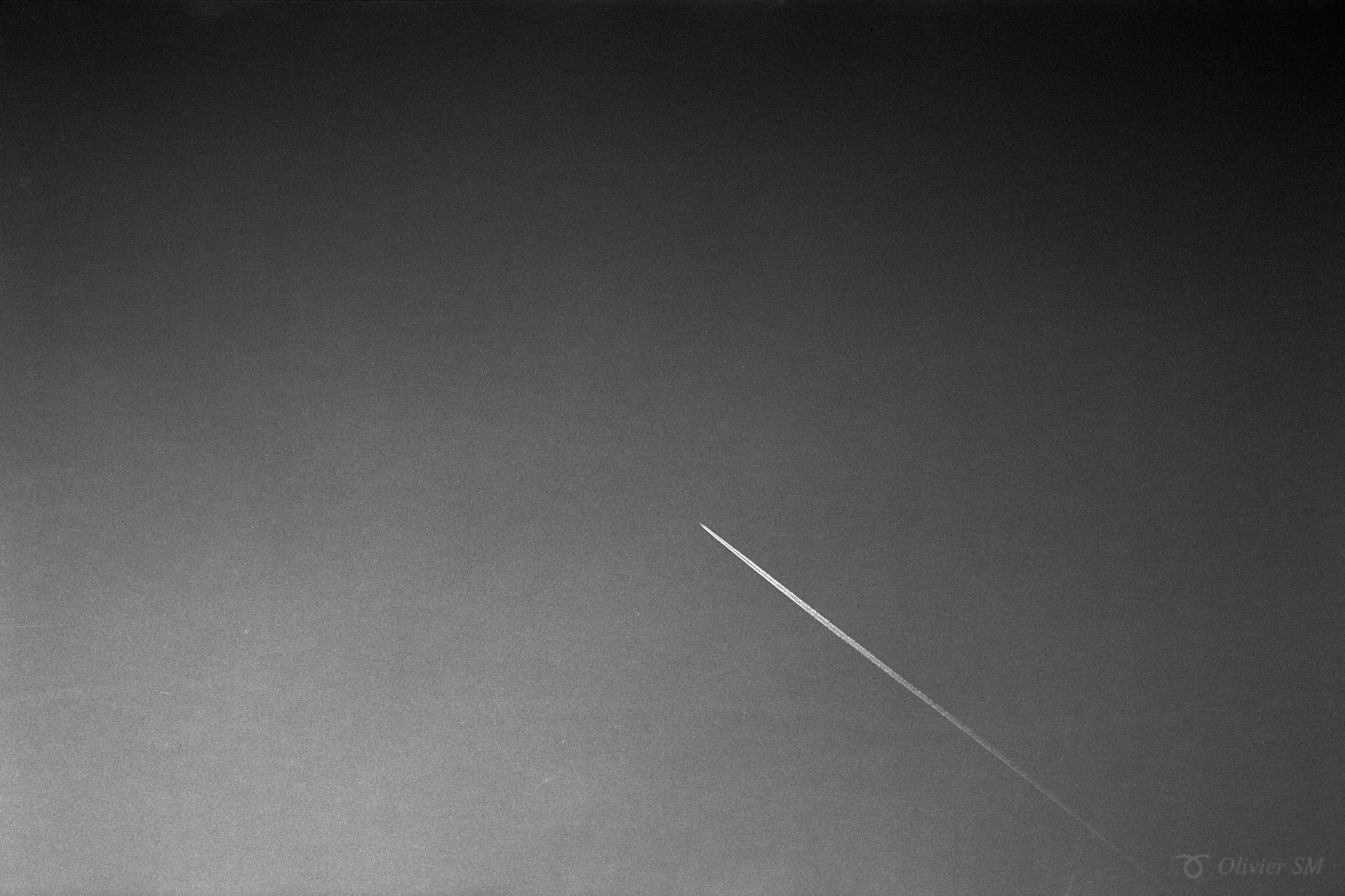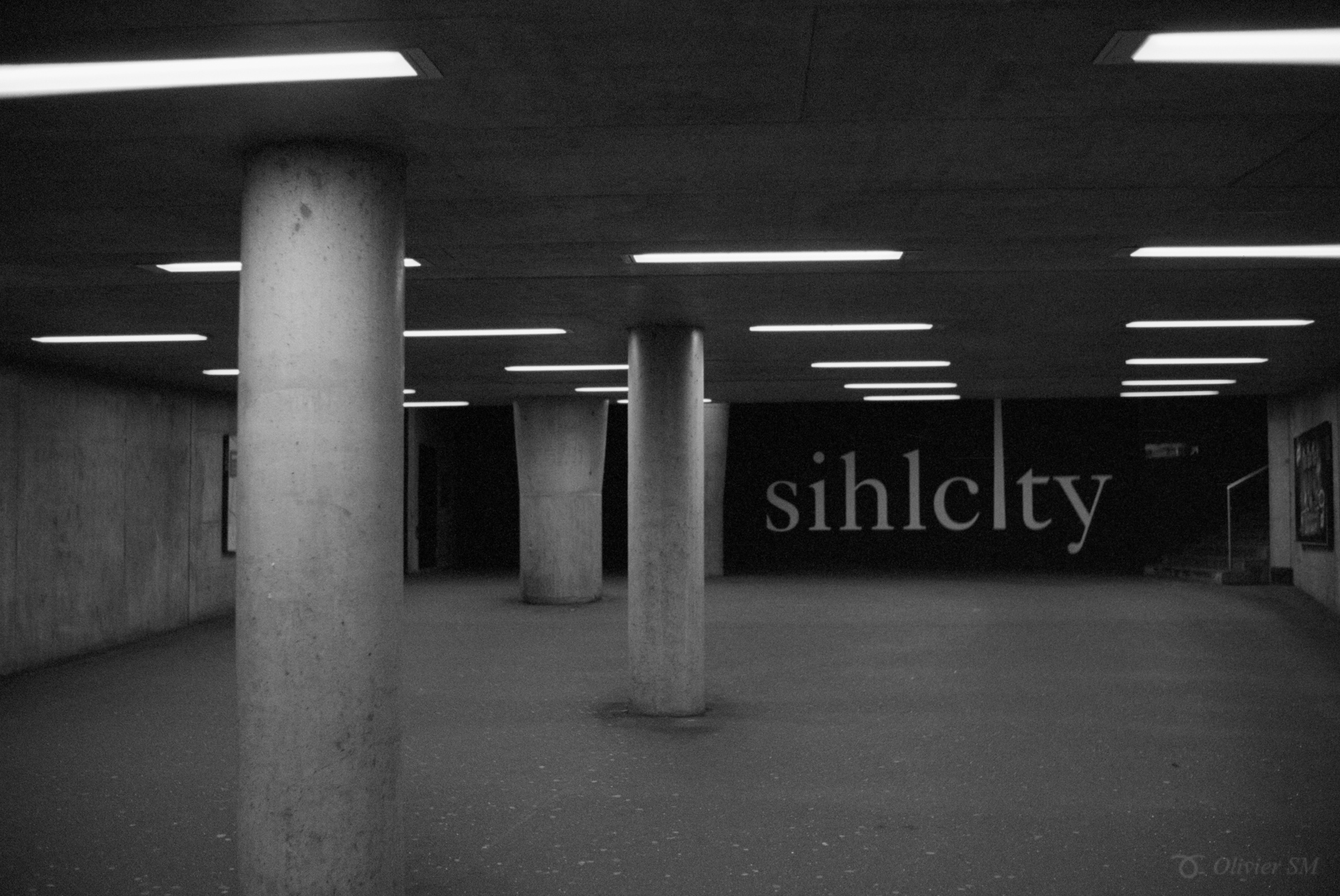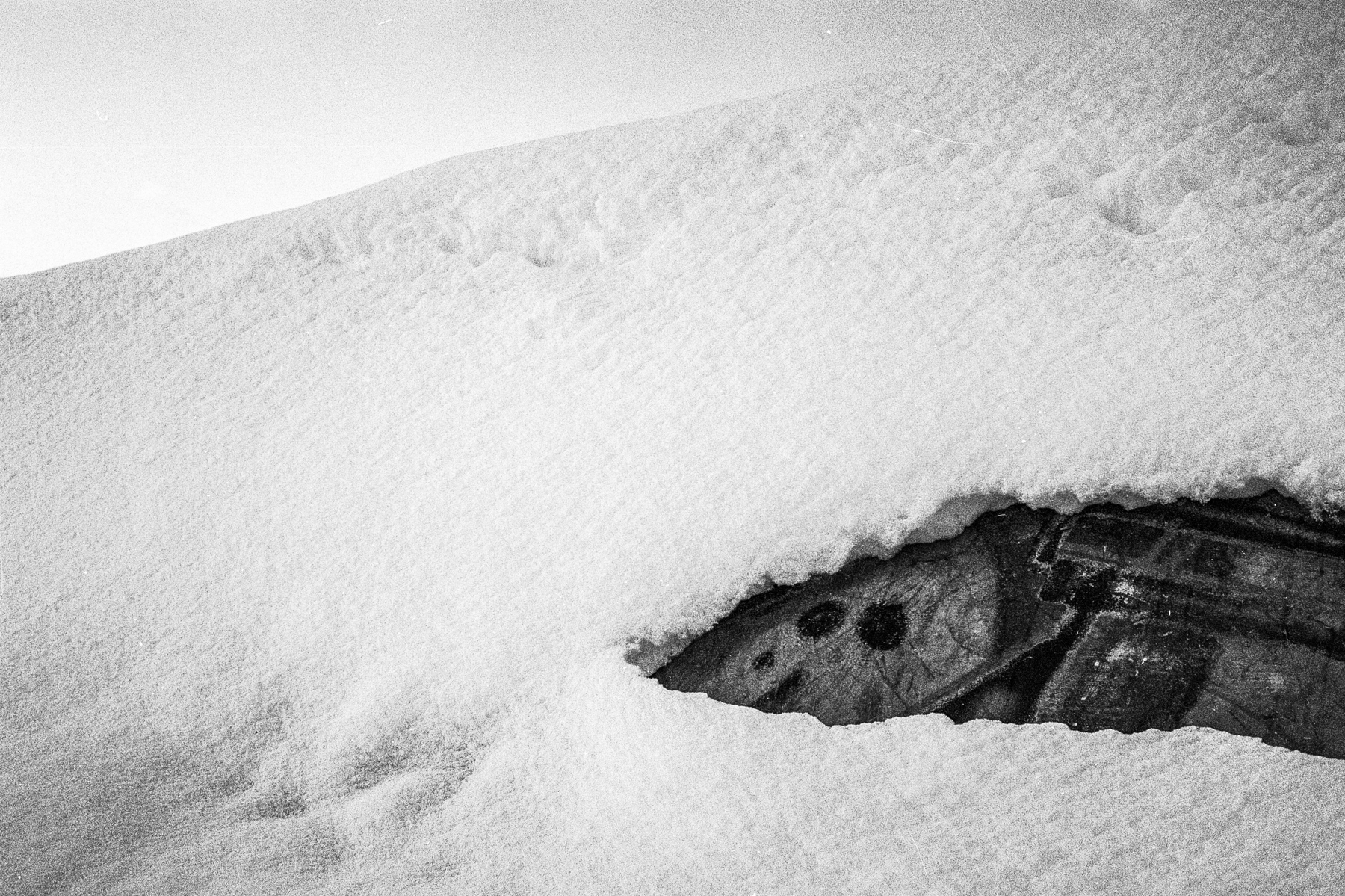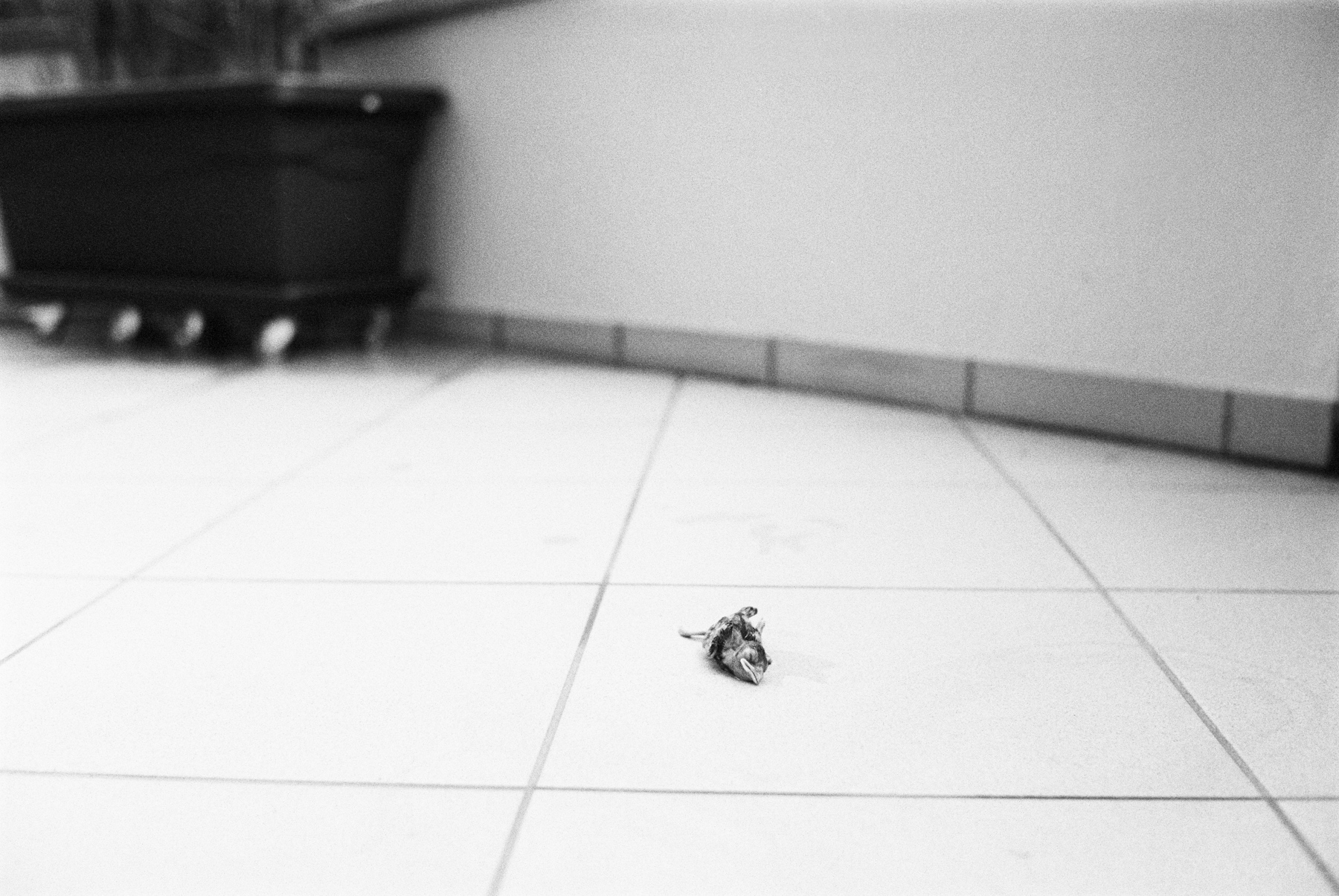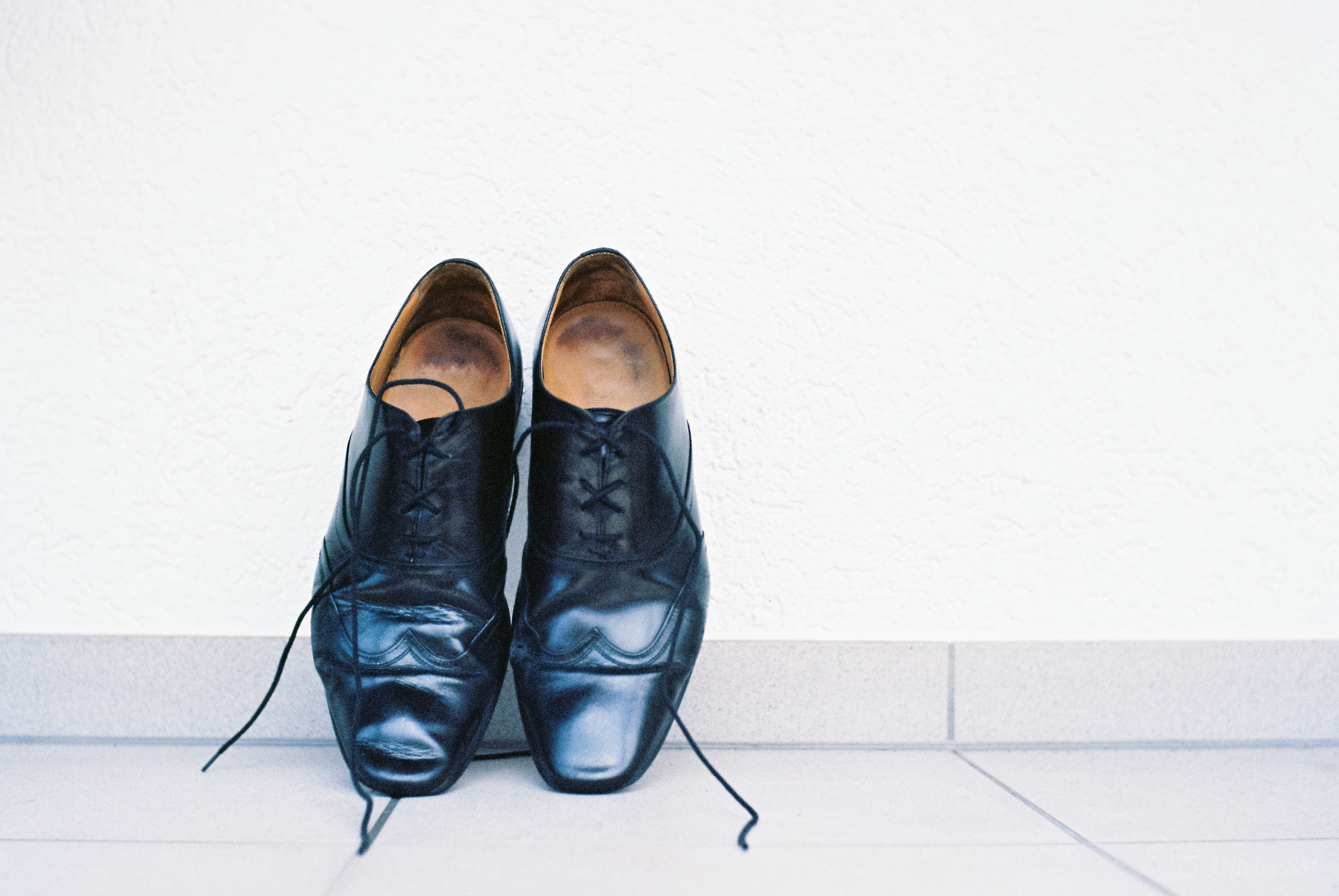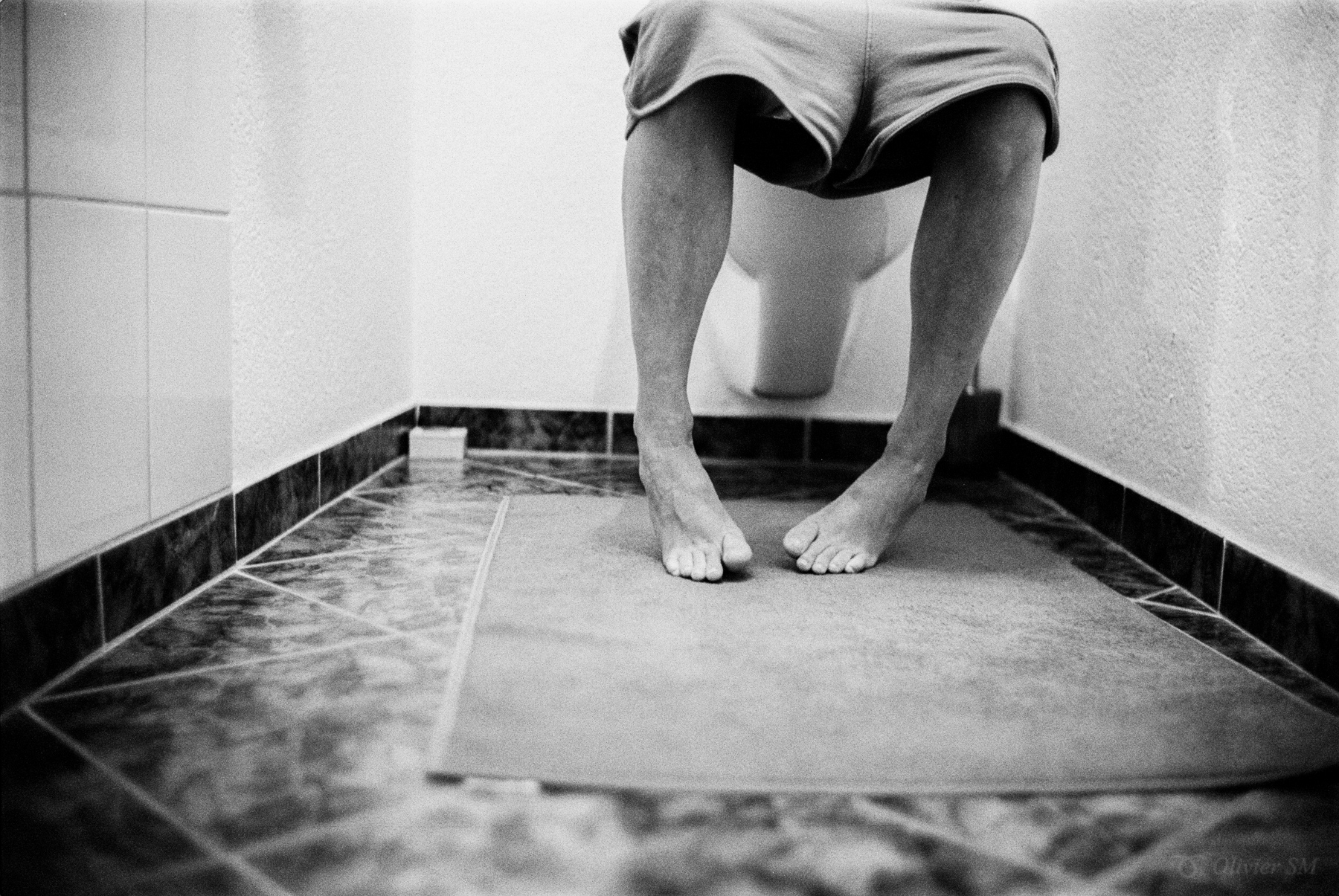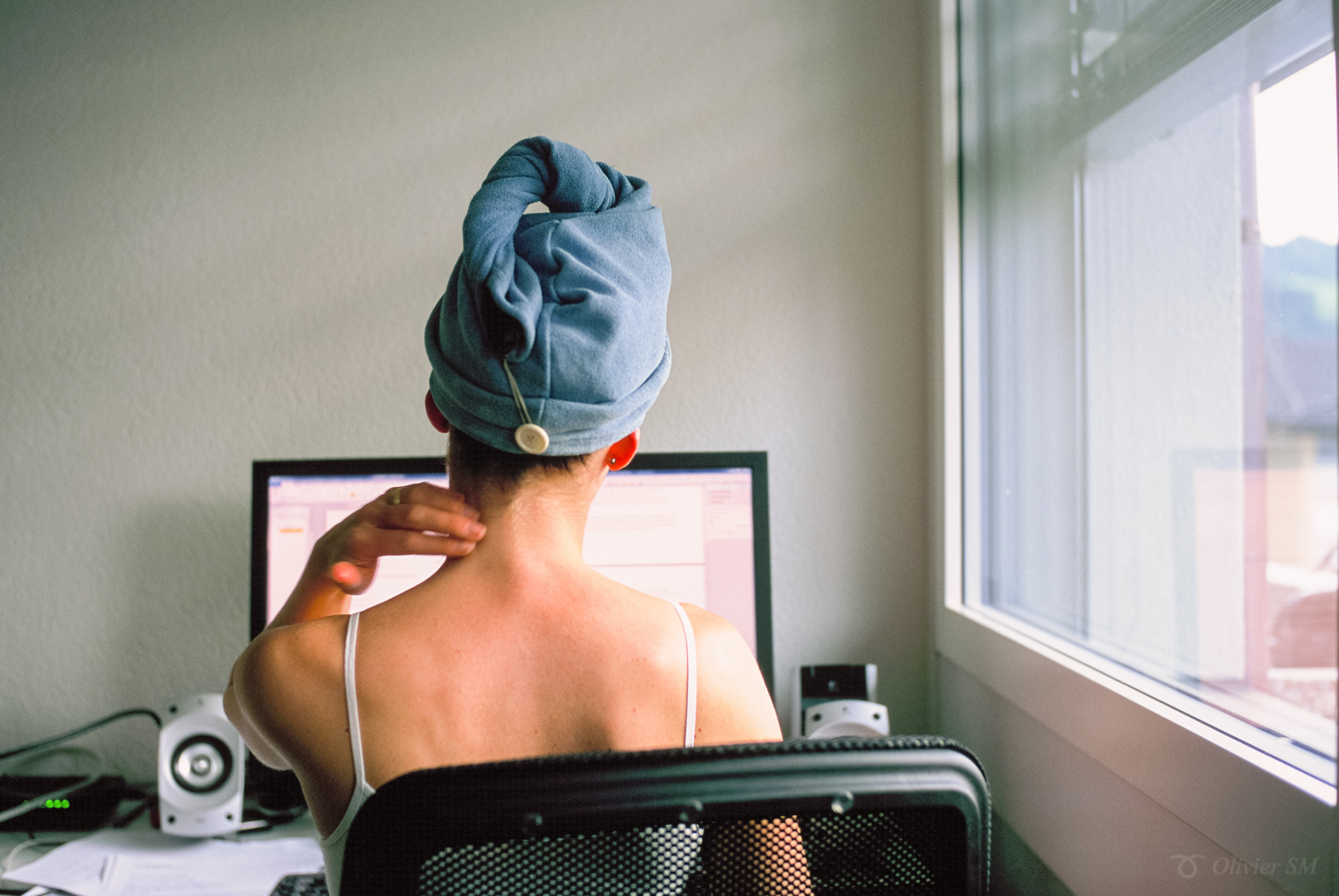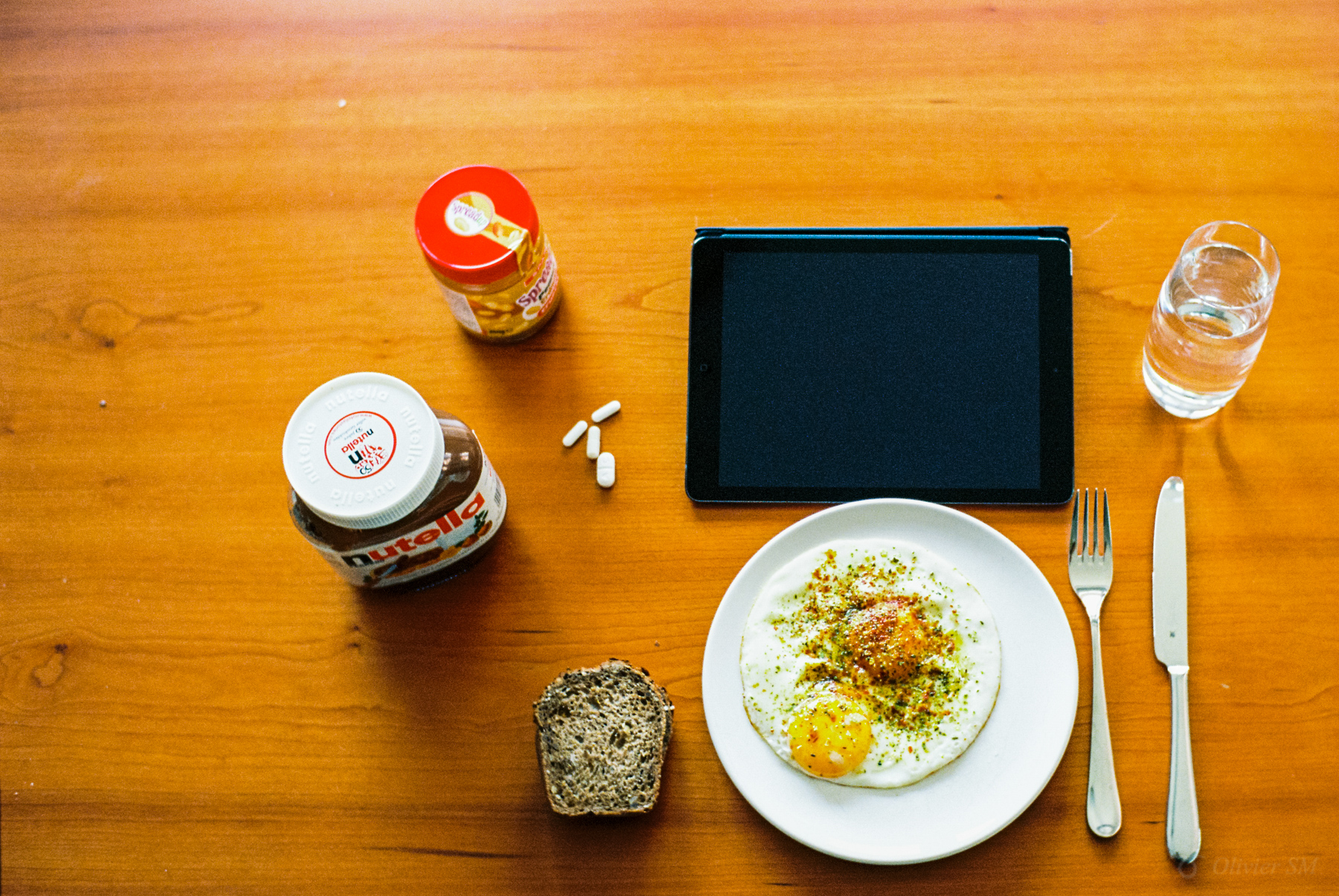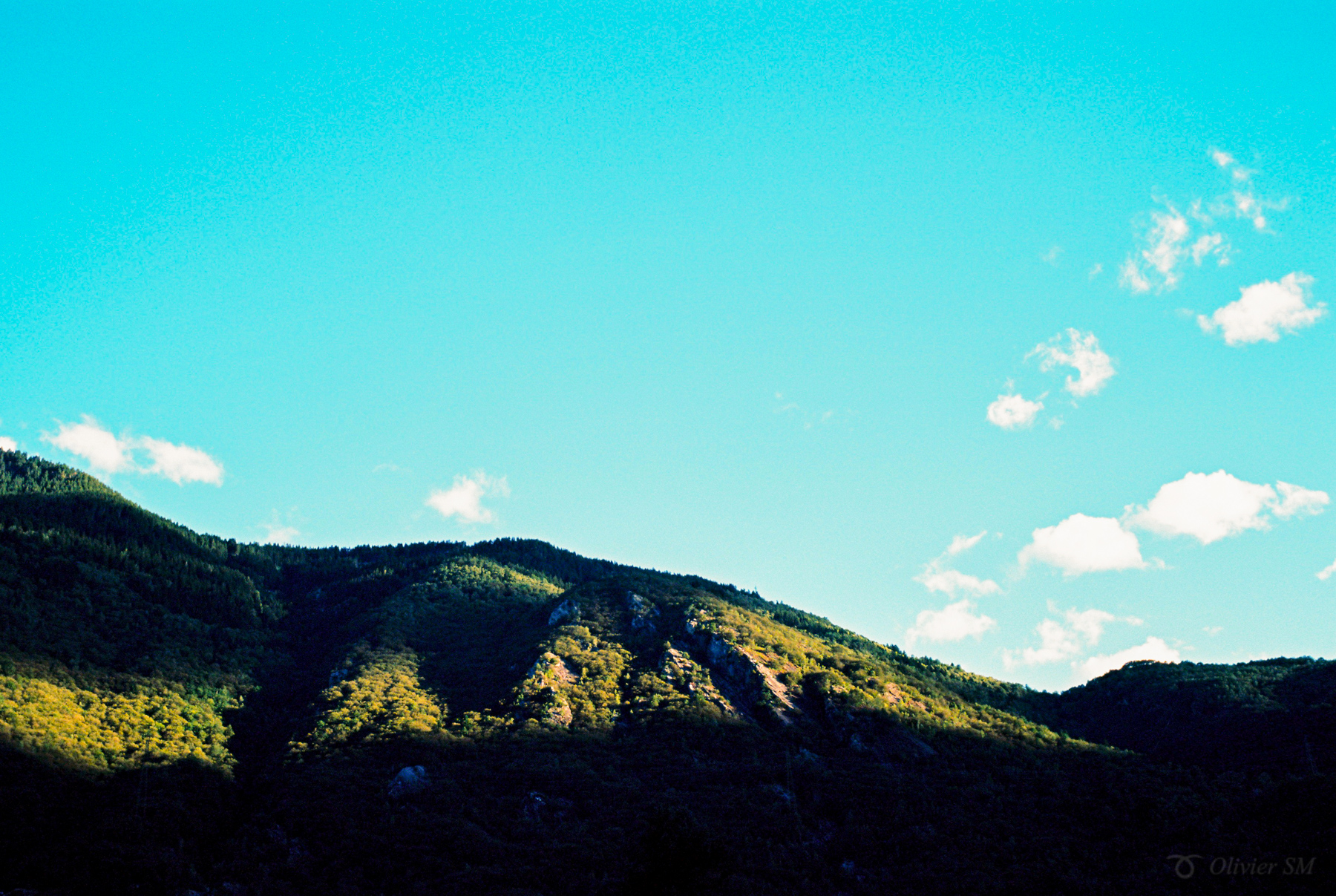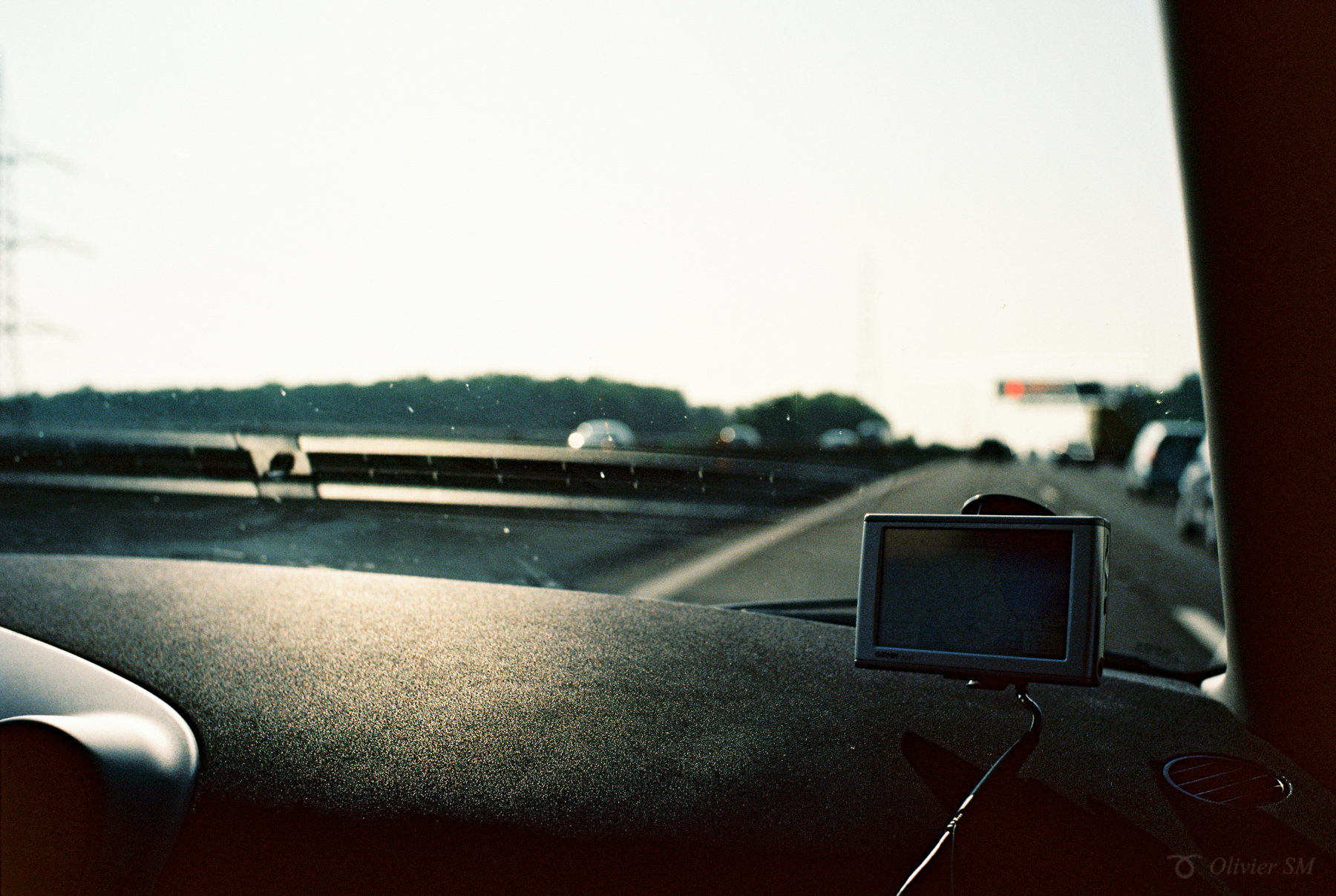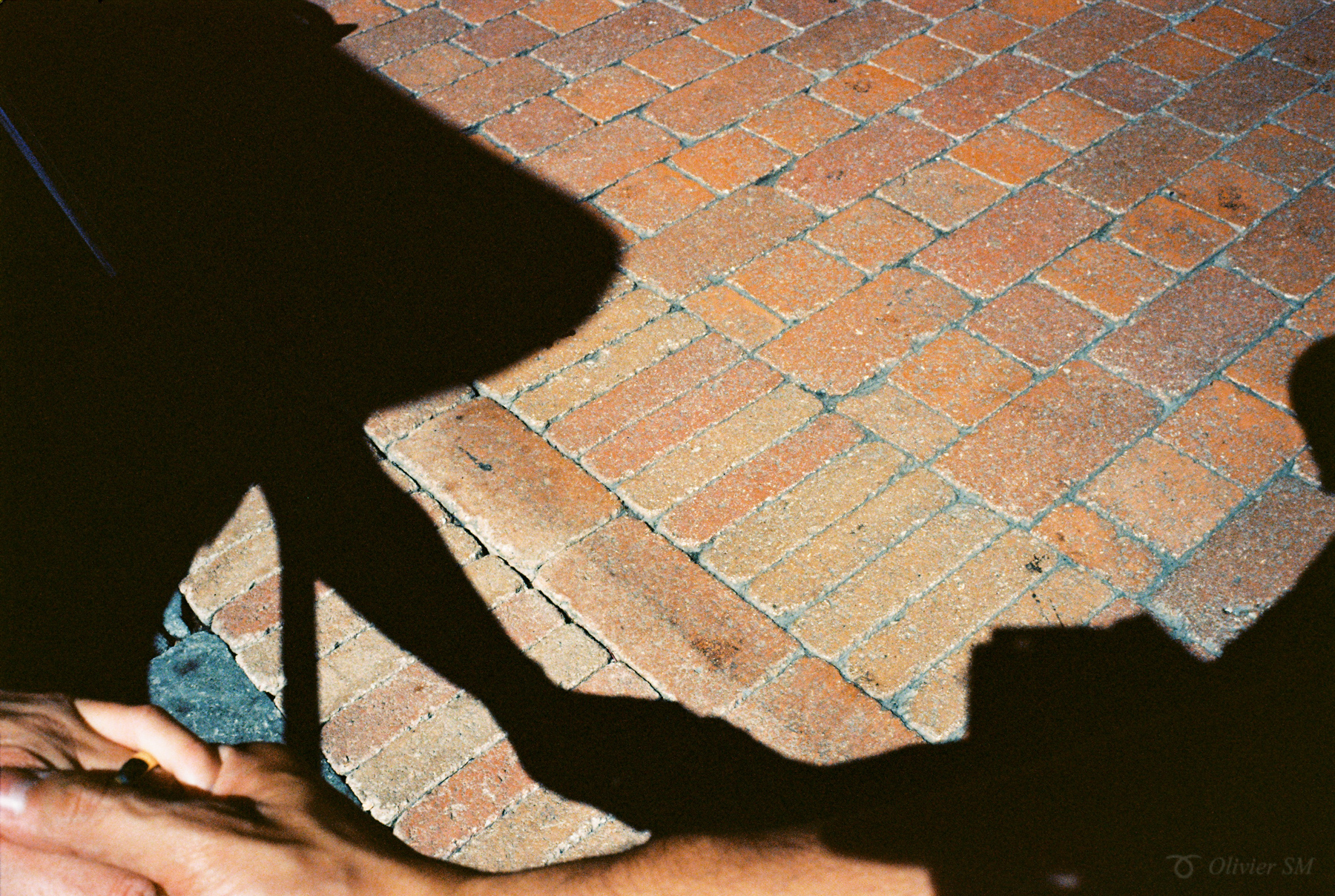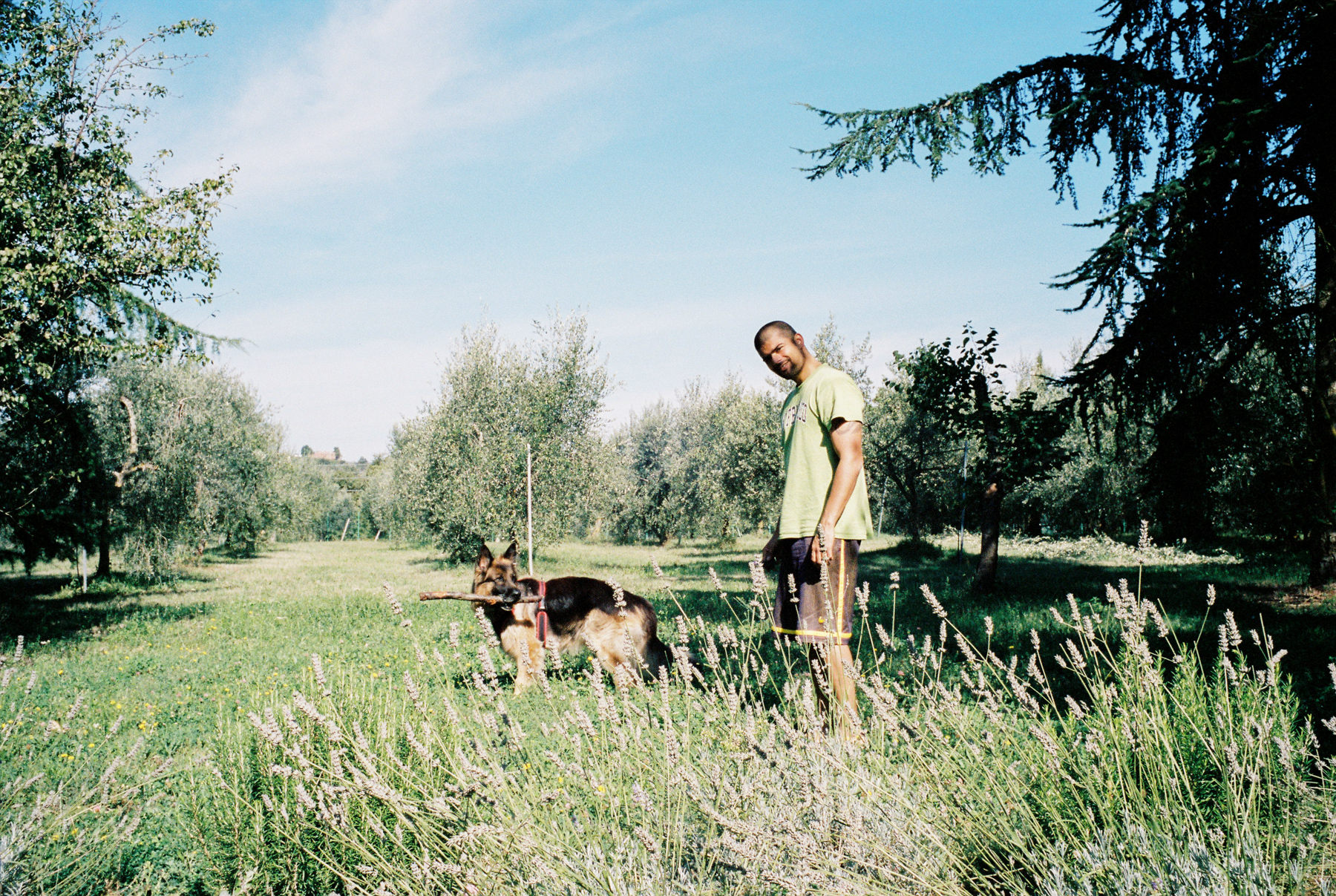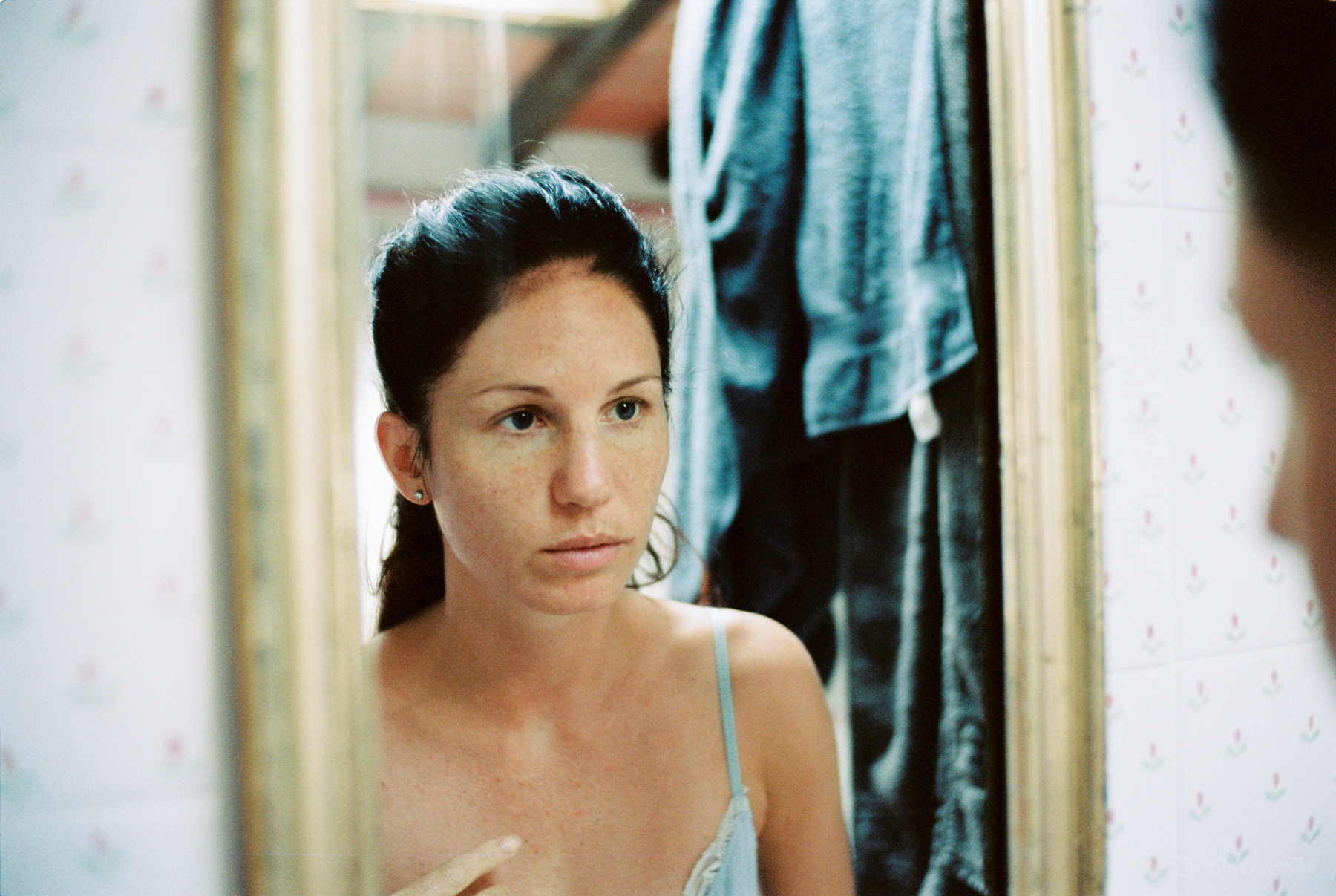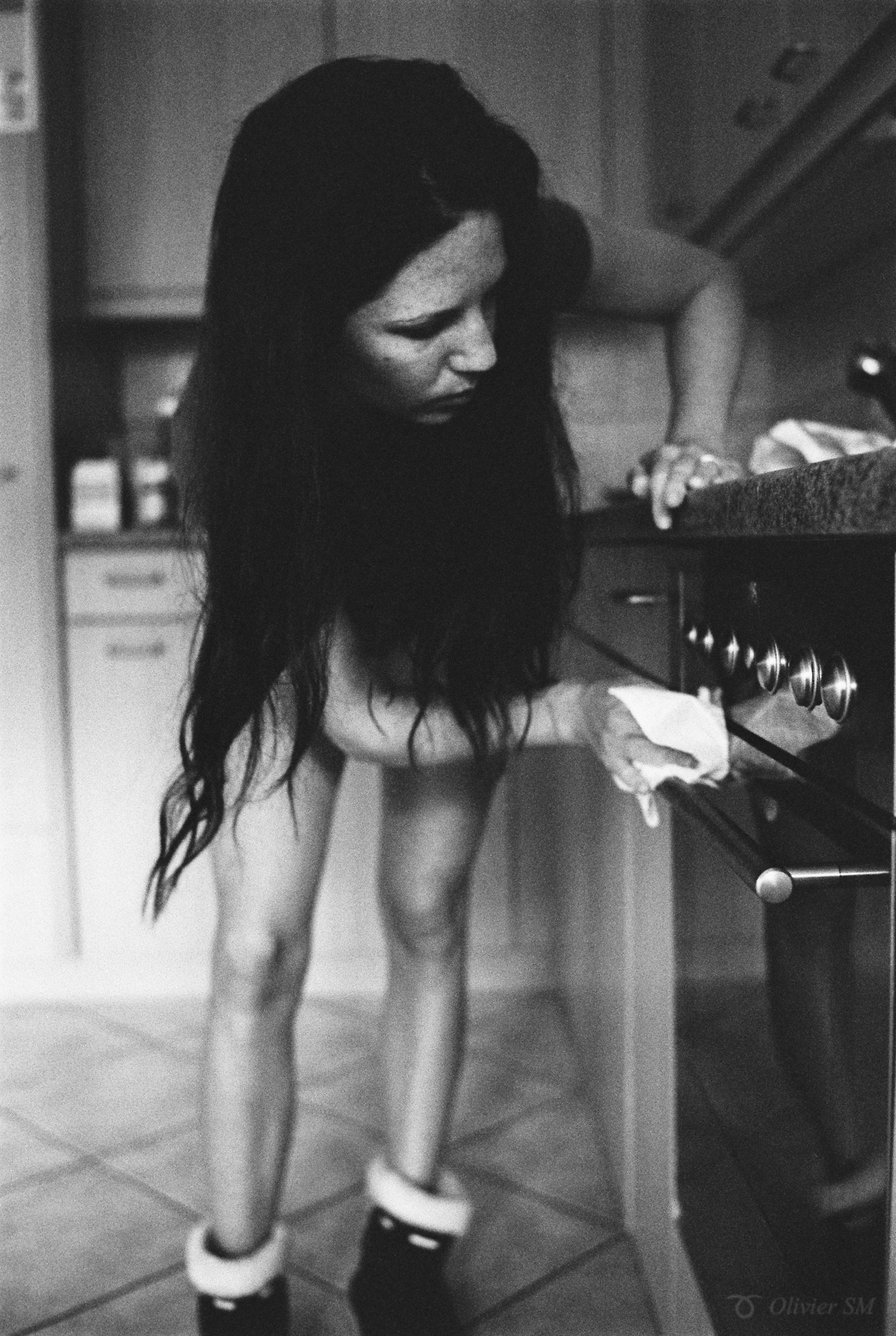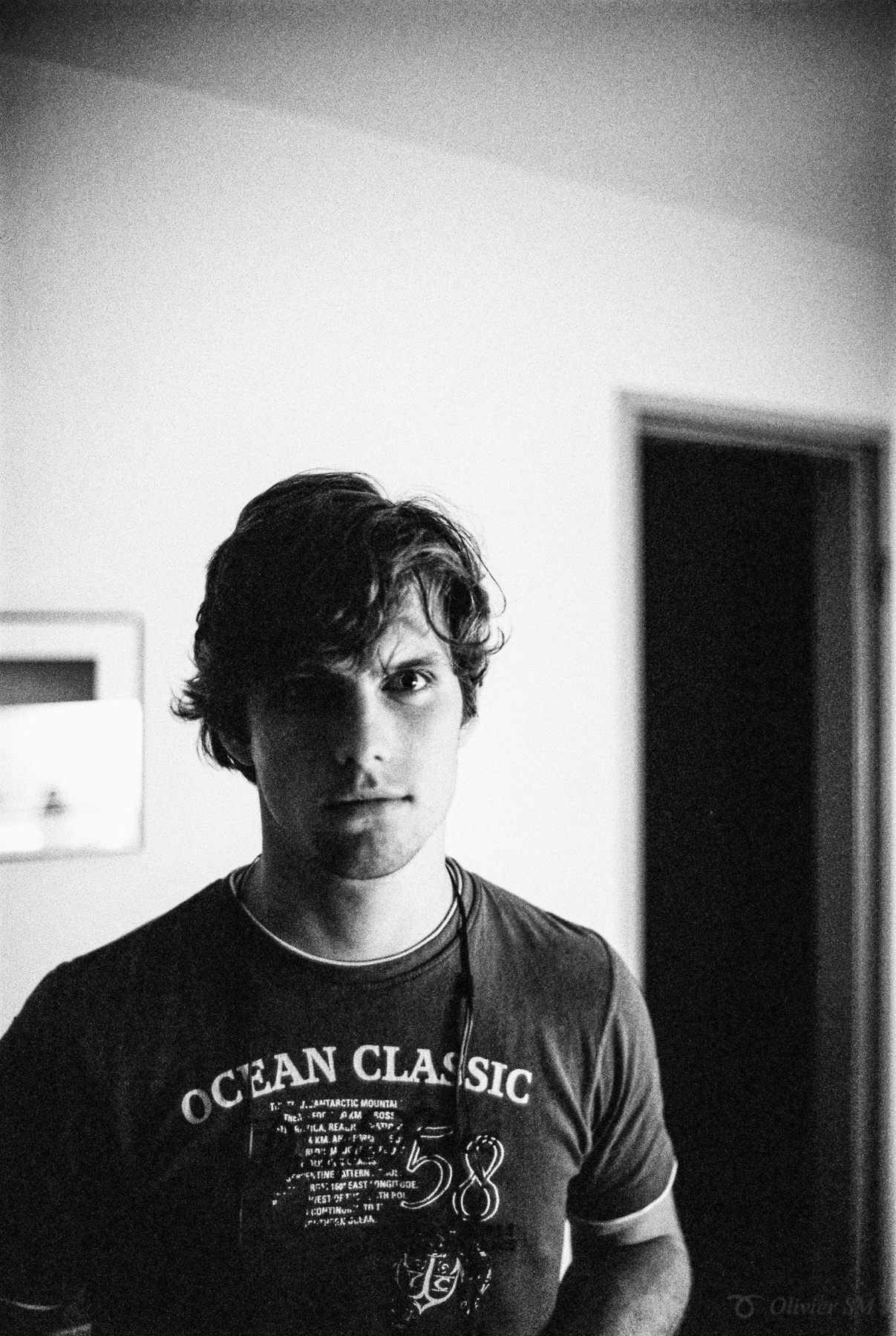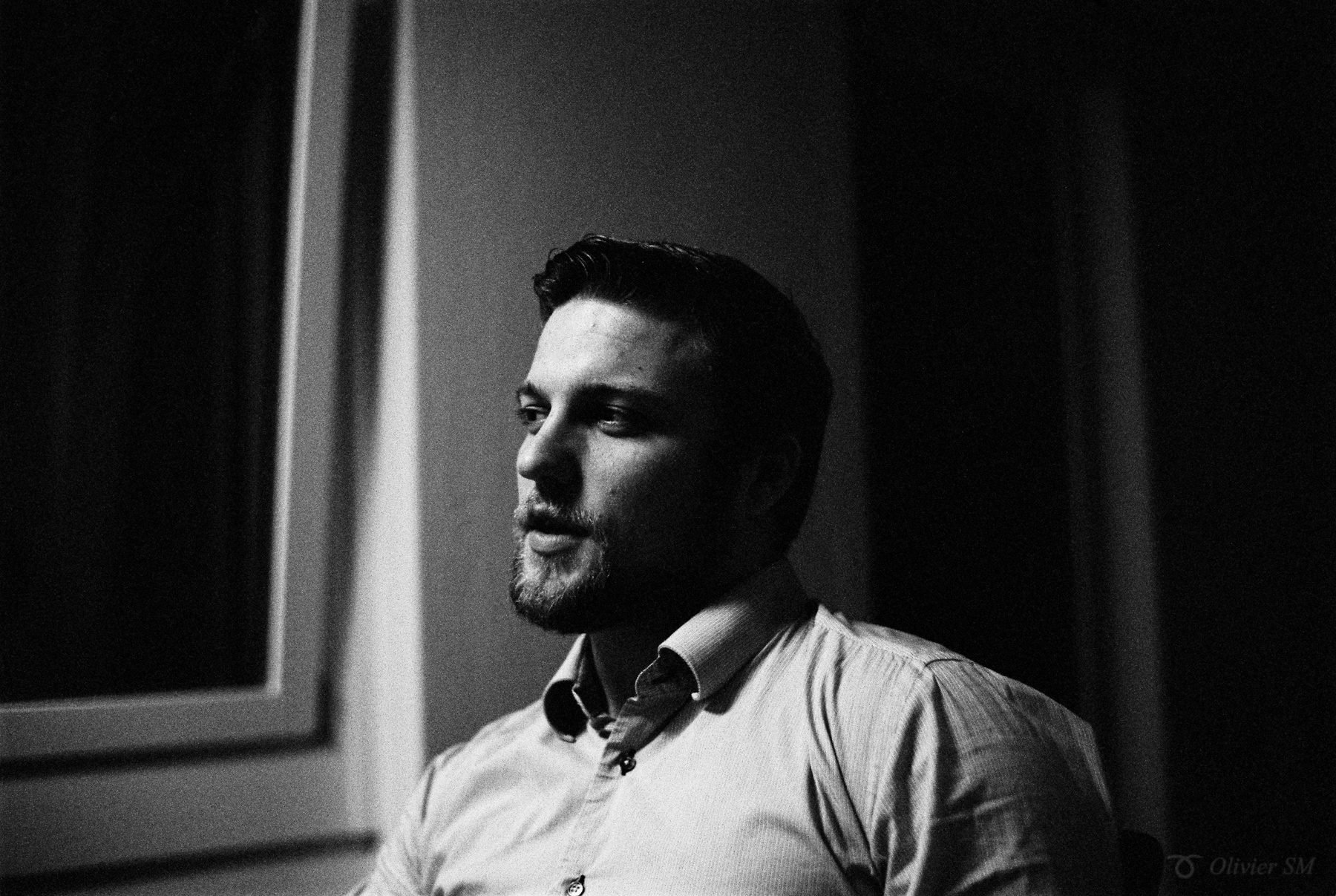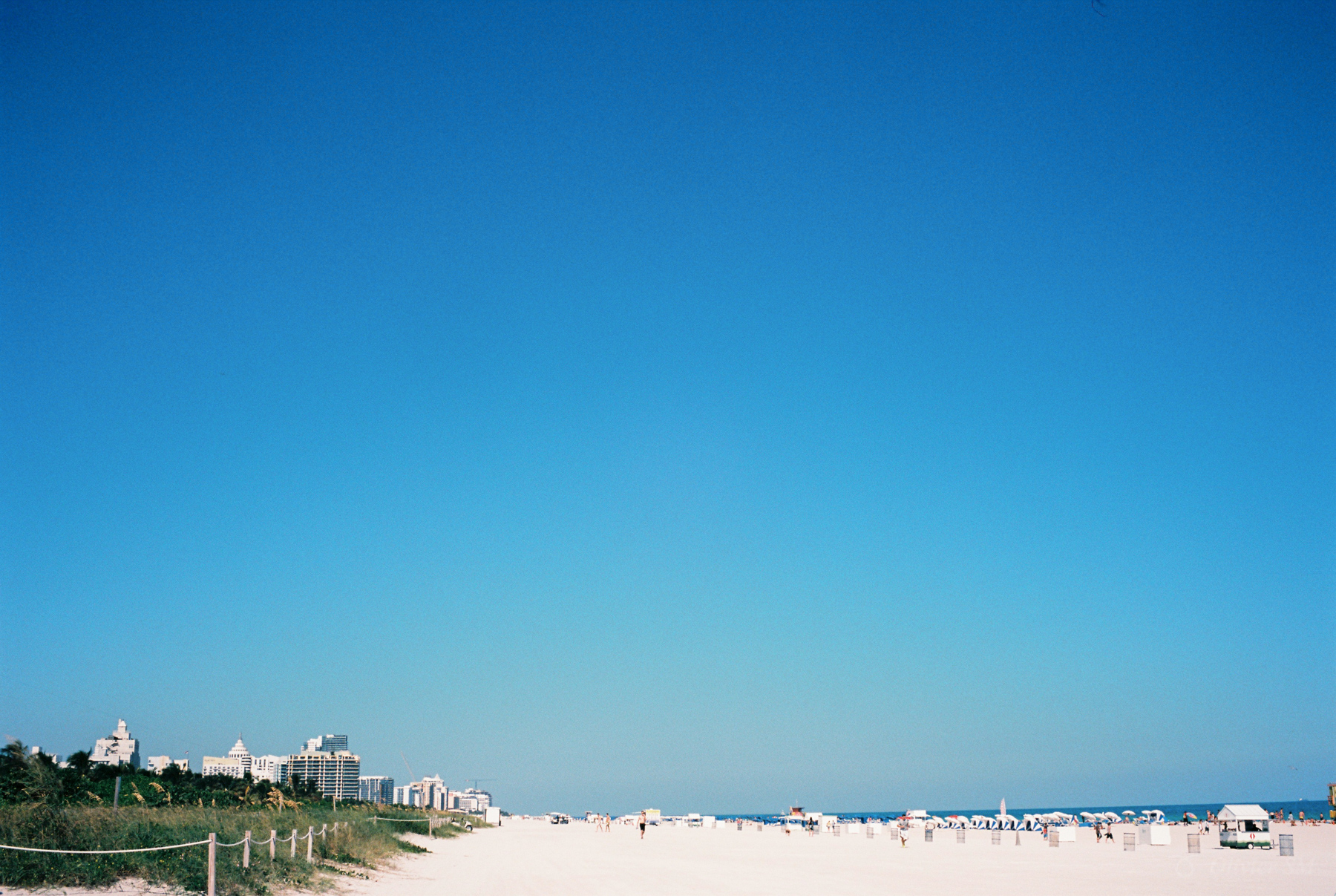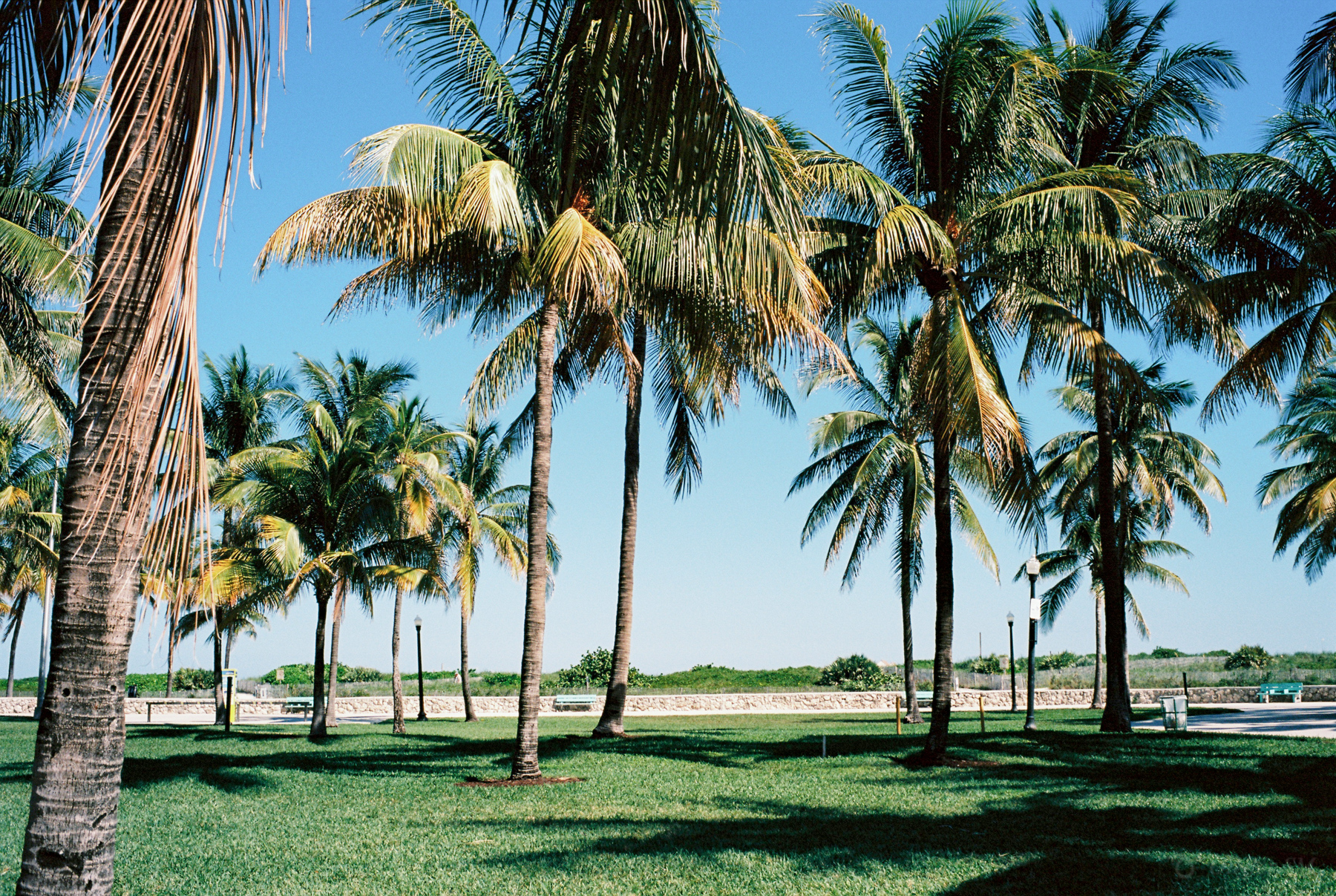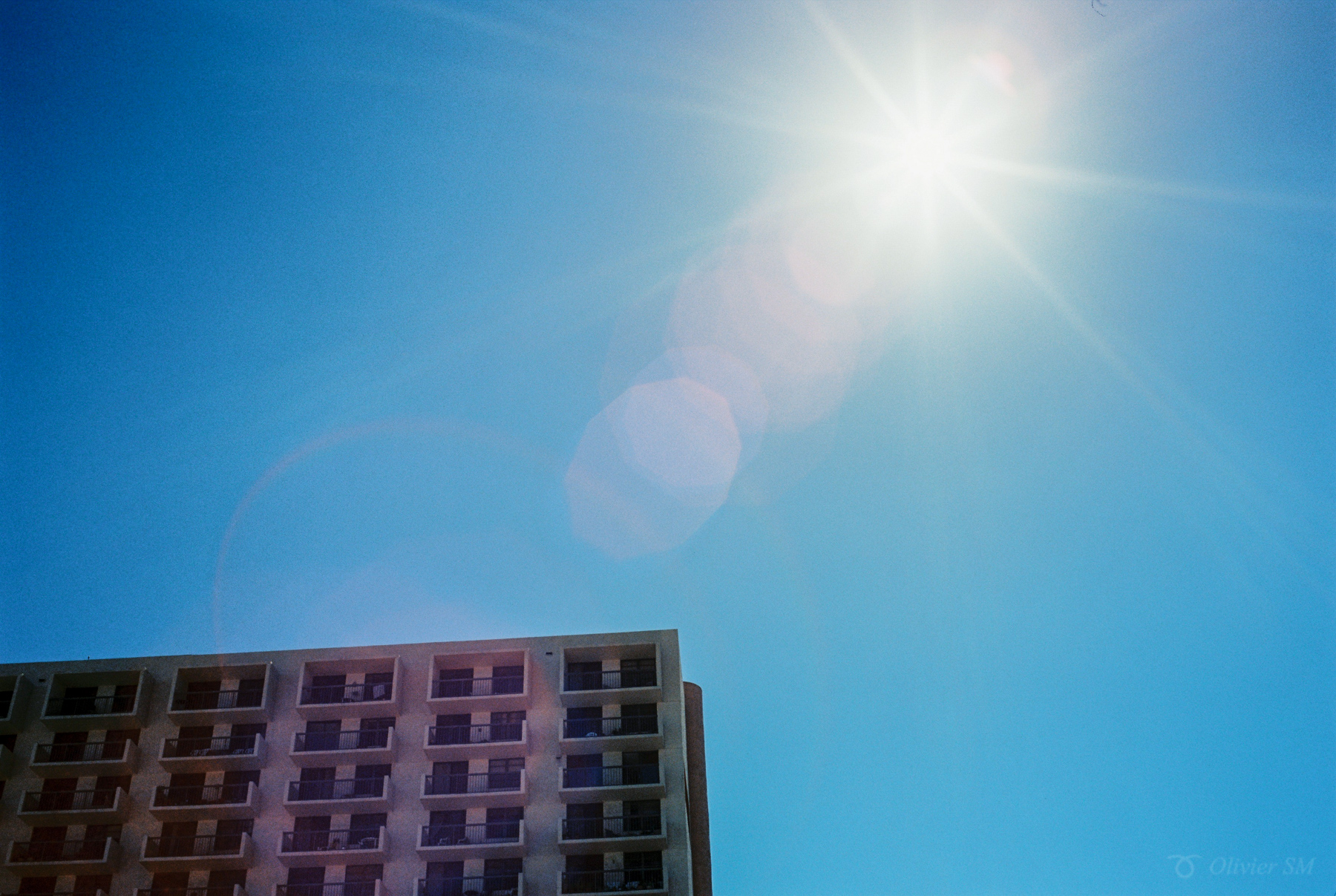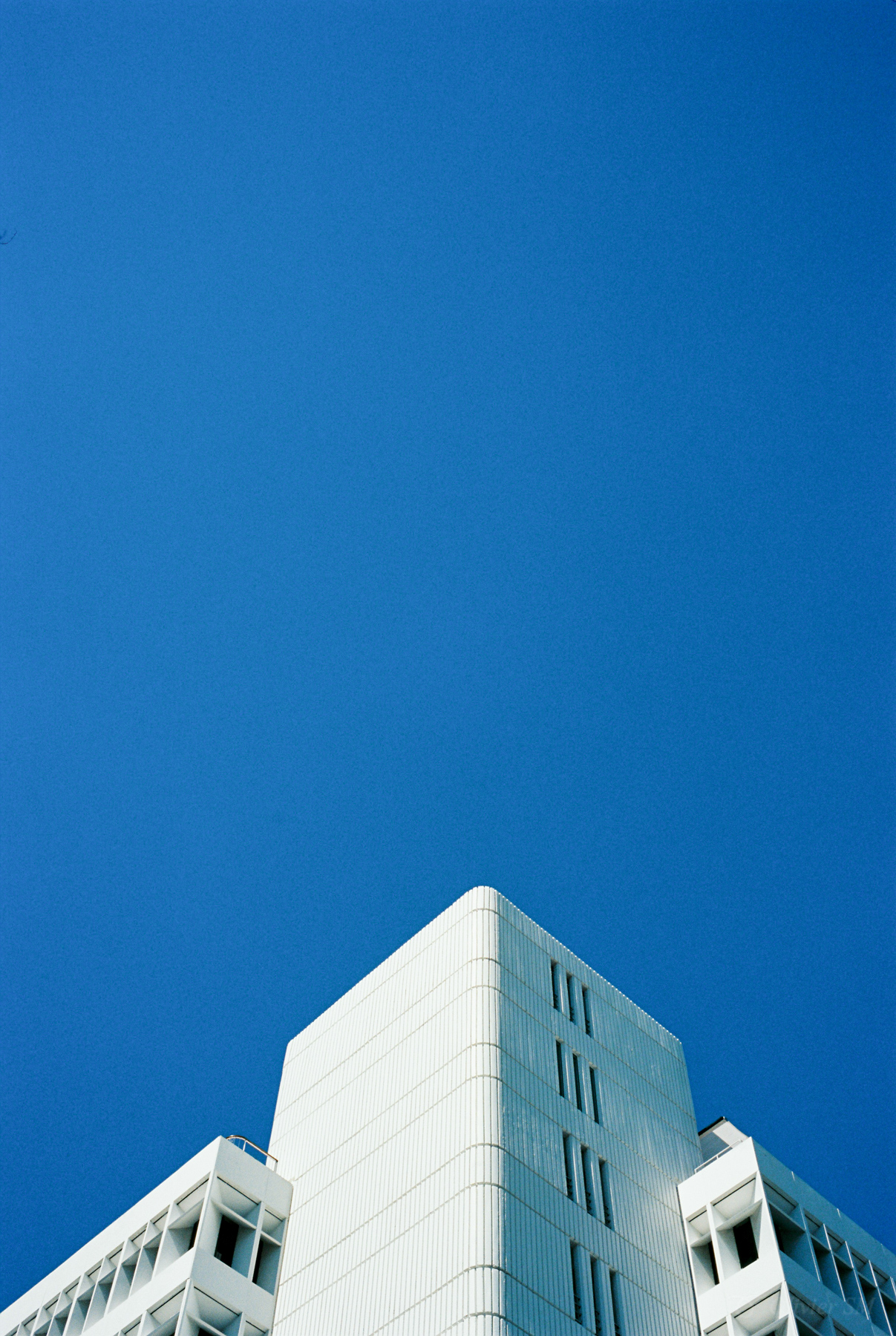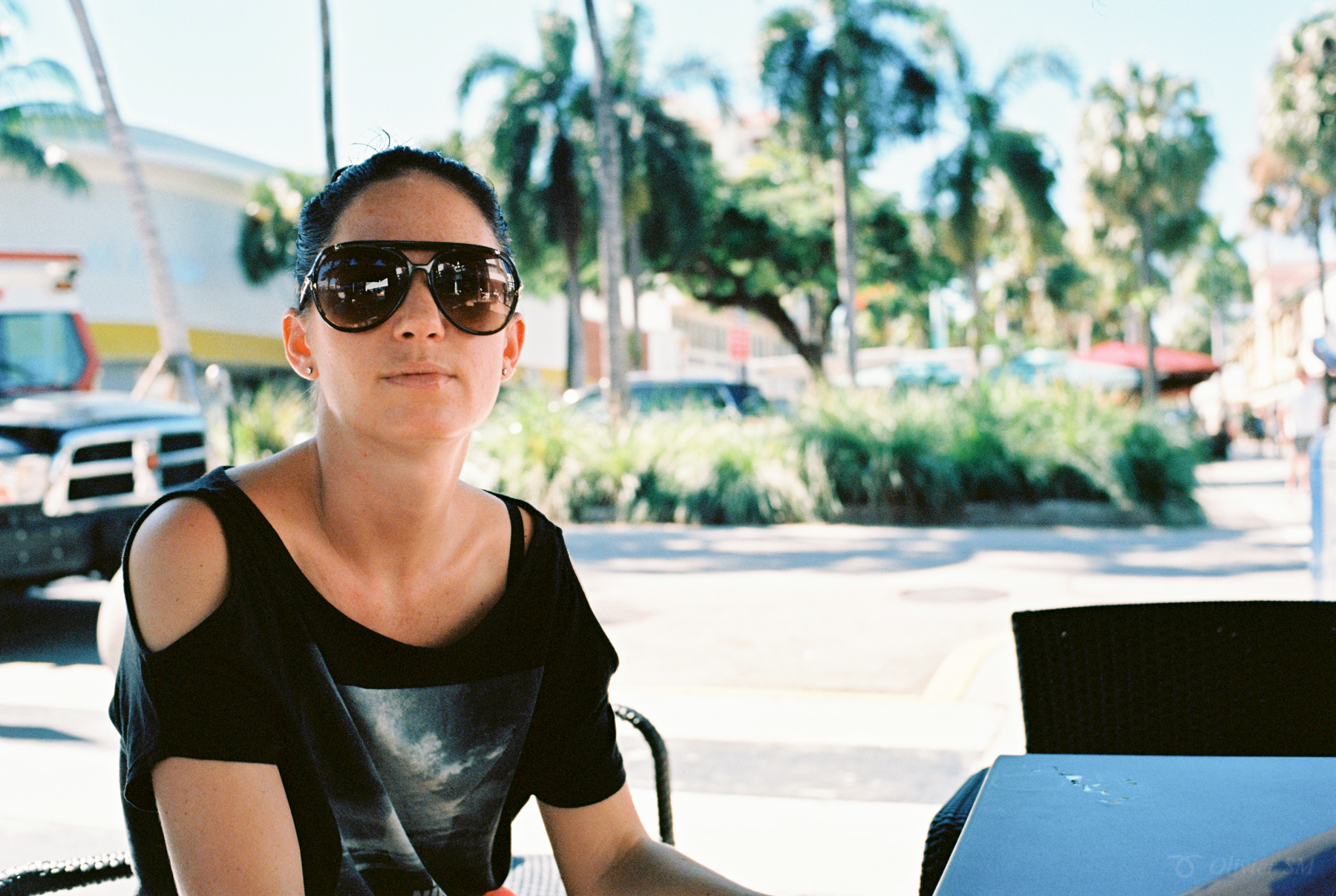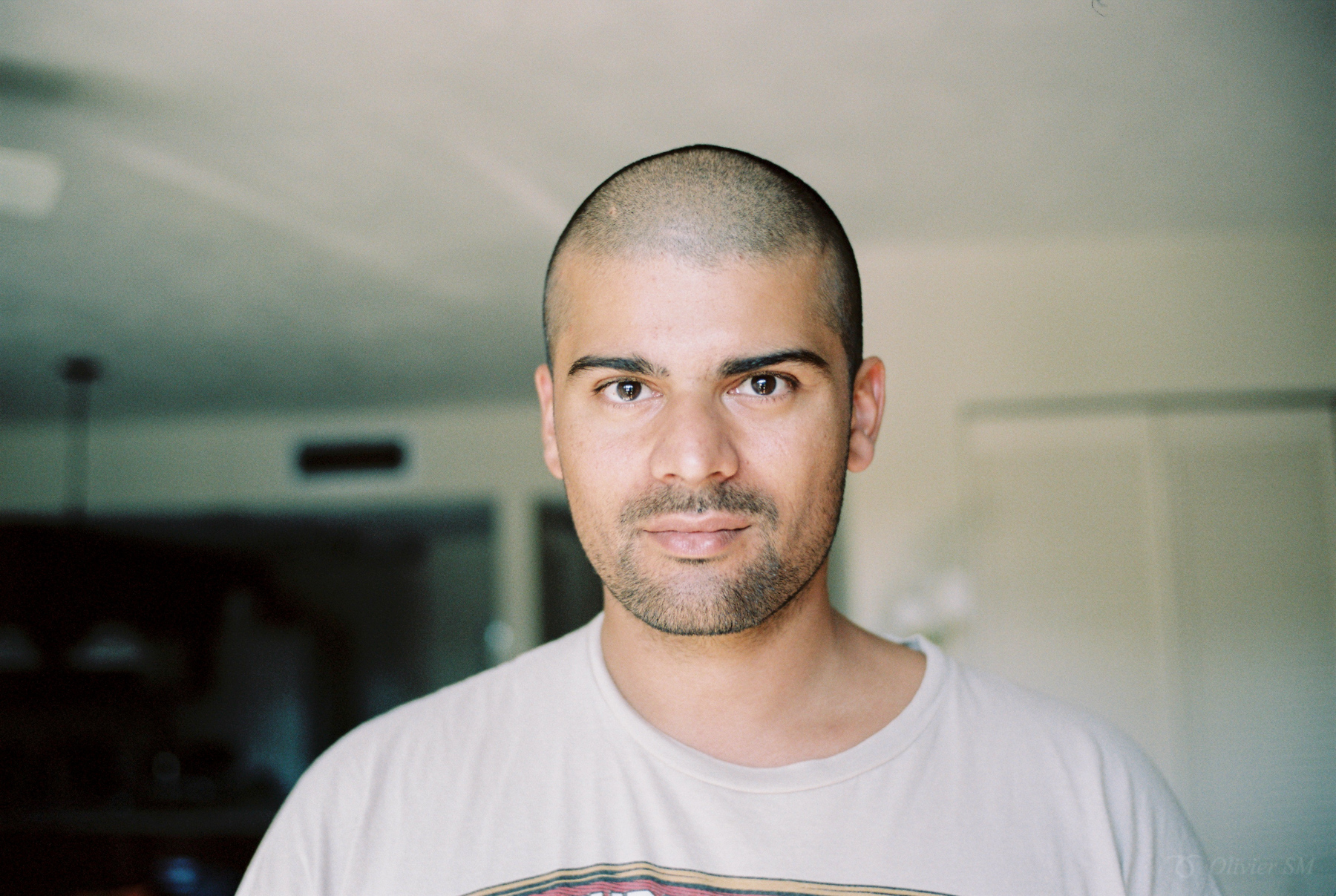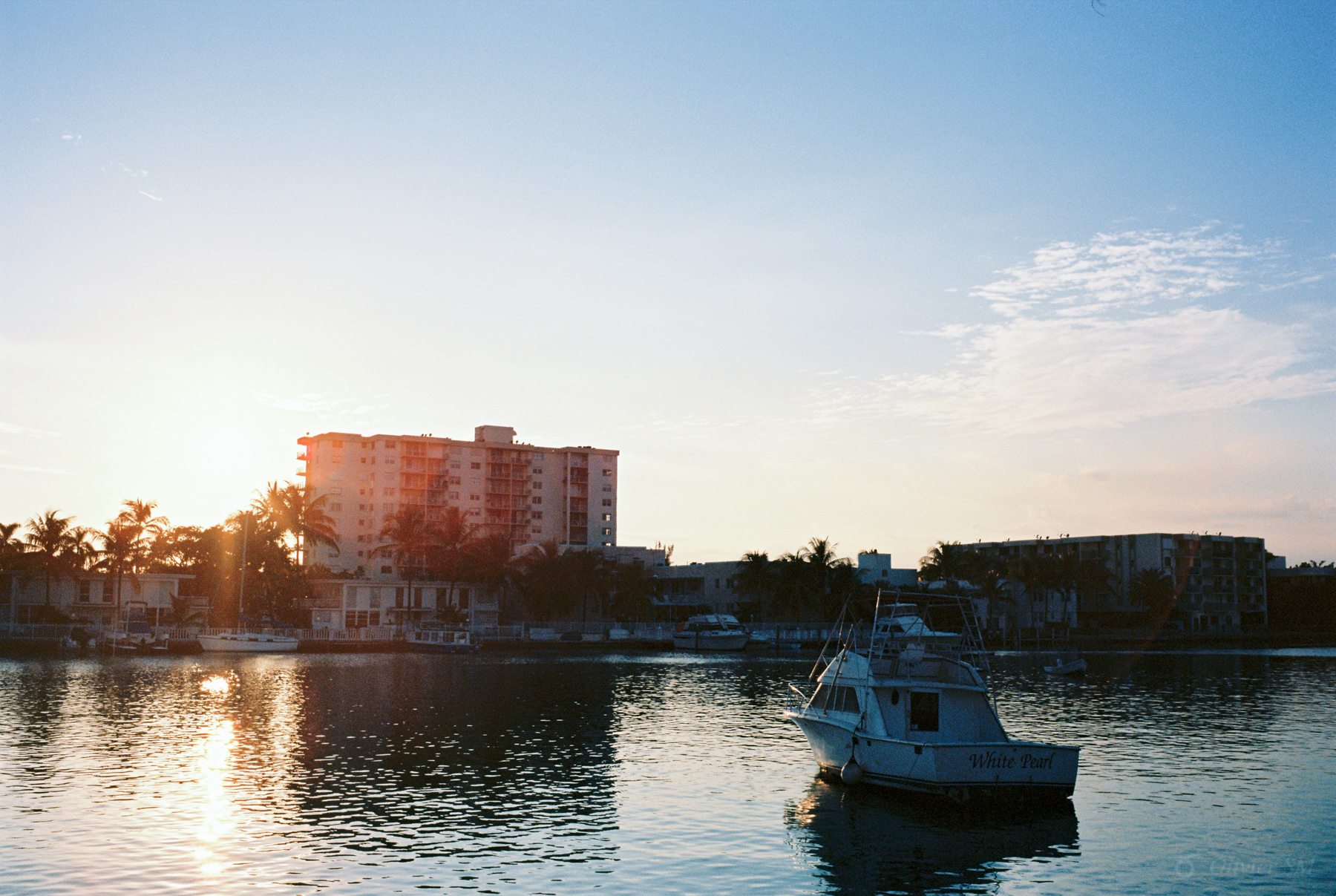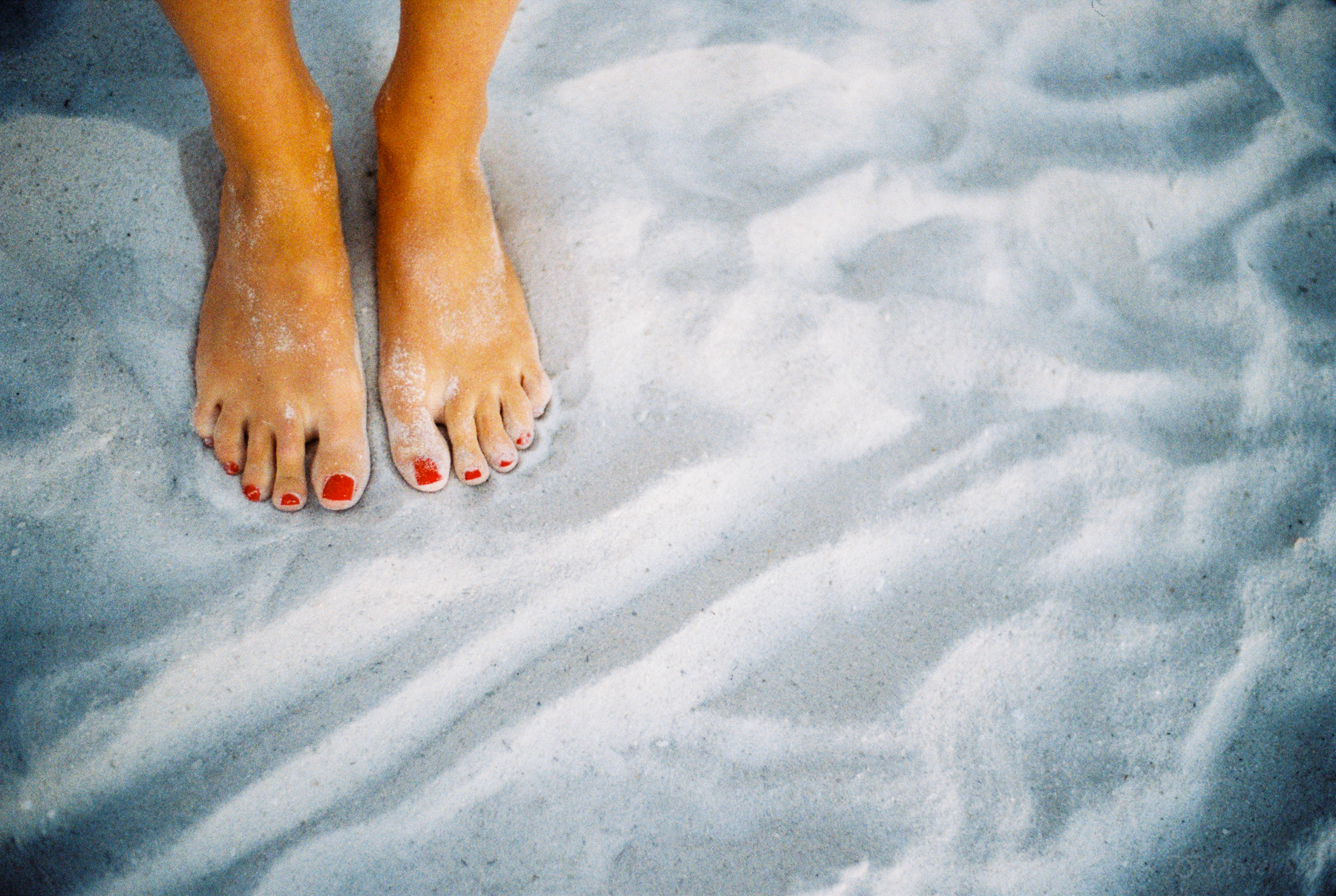Whilst photography has been a major part of most of my adult life (since circa 2004), it had always been digital cameras. (Canon was my system of choice). Photography always was and still is, an autodidactic process for me. I read pages 14-21 of Understanding Exposure (a must have book) by Bryan Peterson and off I went.
Fast forward to January 2014. I had finished my second season of Wedding Photography and whilst I was more or less happy with the photos I was taking, I felt my learning had plateaued. I decided the best way for me to break my plateau was to buy an analog camera. It would limit me to 36 (sometimes 24) photos, which in turn would make me focus more on getting it right the first time…if I took the picture at all. Also I thought it would be quaint to have some of my personal family photos on film. Since I was exiting my comfort zone I decided to go all the way, it was going to be:
manual focus (I’d always auto-focused everything before)a range finder (I’d always been am SLR guy, I’d never held an RF in my hand before),
without AE mode (prior to that, 95% of my photos were shot in AE and the remaining 5% was manual when I used strobes for portraits).
The only thing it had to have was in-camera metering. I couldn’t give that up.
Enter the Voigtländer Bessa R3M – a subtle masterpiece in design and function.
Quick Specification Overview
The Bessa R3M is a 35mm rangefinder film camera with a focal plane shutter capable of shutter speeds from 1 to 1/2000s. (The 1/2000 is something I very much appreciate).
Finder magnification is a bright 1:1.
Framelines are set manually using a switch on top of the camera and are available for 40/50/75/90 mm. (Funnily enough, most of my photos have been with a 35mm lens…which the entire viewfinder equates…more or less).
Parallax is corrected by the projected framelines.
It features an inbuilt TTL metering system (centre weighted), which is displayed in 0.5 EV value increments in the viewfinder and is easy to use in all lighting situations.
The metering is powered by two LR44 (or SR44) batteries.
The mount used is the Voigtländer VM, allowing Leica M mount lenses to be attached.
Electronic Flash sync is 1/125th via standard hot shoe on top of the camera or a PC connection.
Voigtländer specifies its size as 135.5 x 81 x 33.5 mm weighing 430g. (For all intents and purposes it is more or less the same size as my Leica M7. It has a a 1:1 to viewfinder).
For more detailed specifications, here is a LINK to the manufacturer’s page.
My Experiences with the Camera
I purchased a black paint 250 Years Anniversary Edition. Other than a few cosmetic differences, there are no functional differences to the standard Bessa R3M of which I am aware of. However if you have more information in this regard, I’ll be happy to include them here. The aesthetics of the Bessa R3M are fantastic. It is simply a beautiful camera to look at.
It doesn’t quite go for the minimalist, sleek design that Leica’s generally favour. The R3M‘s rounded corners and strong lines in a way remind me of those old boxy Amtrak trains…which is a look I like.
One of my primary reasons for choosing the R3 as opposed to an R2 or R4, was the 1:1 viewfinder. At the time a big 1:1 viewfinder seemed very important to me especially considering this was my first manual focus camera. For the most part, I am still of that opinion today, however the 0.72 on my Leica M7 has never been a hindrance and more than adequate for my shooting needs. One of the advantages of the 1:1 viewfinder is the ability to shoot with both eyes open. I’ve tried it, but I’ve spent too much of my life shooting with just the one eye (my left one at that).
When you pick up the camera for the first time you will immediately realise that you have a very high quality piece of engineering in your hands. I like the way it handles in my hands and am not nervous about it getting knocked around a little when it accompanies me. Everything other than the built-in metering system is mechanical. Meaning when you run out of battery power and you don’t have any spares on you; you can still shoot without any issues. Sunny 16 is your friend. This has happened to me on a few occasions and is again one of the primary reasons I wanted a manual camera. I wanted to start interpreting light well enough, to be able to estimate the exposure from experience.
The finder is very bright – as is the focusing patch, however I find the patch to be somewhat finicky. Depending on the positioning of my eye, the brightness can fall off very rapidly. This isn’t terrible, it just means you need to line it up again (and I do this without thinking) however it does interrupt my flow ever so slightly. This bothers me less now than it did when I first received it…after all I had zero experience with analog photography back then. Another thing about the focussing patch (and it may just be my specific model), it isn’t as crystal clear. As a result of correct focus being achieved, the two images of the subject are perfectly aligned horizontally, and this does happen correctly on my camera. However the two images in my camera are misaligned very slightly on the vertical plane. Maybe a CLA would sort that out…
Loading film is simple enough. Most of the time I get 37 frames. I can get 38 shots out of it, but not consistently and this is something I am very aware off. I once shot at least 15 photos into one roll before realising that the film wasn’t advancing. I wasn’t very impressed with myself. There’s nothing worse than believing you took a photo, but you actually didn’t. Cranking the film advance is as satisfying as with any film camera. Oh and it has a film reminder window at the back. Most under-rated feature ever! Two of my four favourite cameras don’t have this!! (And yes I have four favourite cameras).
Going back to a theme I mentioned earlier…flow. I don’t really do street photography. My photography in general is primarily based around portraits, different types of scapes, travel photography, scenes or objects that I feel connected to and most of all to document my life and my interactions with those around me. So when I speak of flow, it needs to be geared around this sort of photography. Manual focus, manual anything slows things down. Especially, when I am changing shutter speed. I like to change shutter speed whilst viewing the scene through the viewfinder. Which brings yet another tiny gripe…the shutter speed wheel is somewhat stiff. It’s possible to do, but it could have been a little smoother. Again…sometimes it can interrupt my flow ever so slightly, but less than the sometimes finicky focussing patch. Has it ever stopped me taking photos I treasure and love? No. Has it stopped me setting up and waiting for that moment to happen? No.
In general I find it is a very discreet camera to use. The mechanical shutter sounds a tad bit stronger than my Leica M7, but not by that much that it is noticeable. Where it can make itself known a little more is if I am changing shutter times. The clicks it produces there are loud enough that it could be noticed at say, book club reading, but on the street with a distance of approx 2.5 metres it wouldn’t catch the attention of your subject.
Overall, it’s a great rangefinder to own. It’s not cheap, but you won’t pay Leica prices either. Sadly it has been discontinued by Voigtländer. This may influence it’s price, maybe not.
My Bessa R3M has come with me to family events, to Tuscany in Italy, to Miami in the USA. There hasn’t been a single time I felt let down by it. It does what it should very easily and will enable the user to make beautiful photos.
Standing out from the Crowd | Voigtländer Bessa R3M | Zeiss 50mm 1.5C Sonnar T* | Kodak T-Max 400
Would I recommend it to my fellow film photographer? I definitely would. If you are ready to slow down your pace and go without any automatic mode…this is a great rangefinder to use and accompany you on shoots, on the street, travel, to have at hand for whatever may present itself…even if it’s first thing in the morning.
What's The Story Morning Glory? | Voigtländer Bessa R3M | Zeiss 50mm 1.5C Sonnar T* | Kodak T-Max 400
Disclaimer & miscellaneous information
· This review is based on my own personal usage and feel and not on any technical tests and experiments carried out. I just like to take photos.
· Considering that all the photos in this review (except for the last two with the roses and my morning rose) were taken with the Voigtländer 35mm 1.4 SC, it can be considered a review of this lens as well. However you can expect a separate review of this lens in the future.
· A camera like the Voigtländer Bessa R3M is just a lightbox. The film and the lenses used have the more direct influence on the technical qualities of a photo, but the light box (camera) used is mostly responsible for the feel (think flow, composition man to camera connection)…in most cases.
· All black and white photos were developed & scanned by myself. Developer used was Kodak HC-110 and the scanner a Fujifilm Frontier SP-500.
Connect
Film photographer Olivier S. Meier is based in Zurich, Switzerland. Connect with him on Facebook , Flickr , and Instagram .



